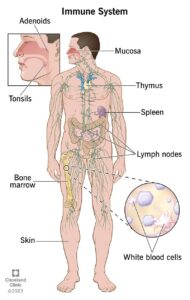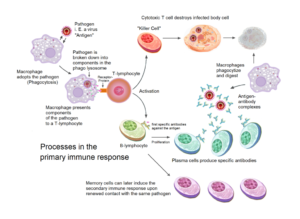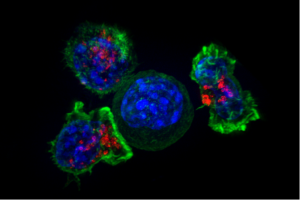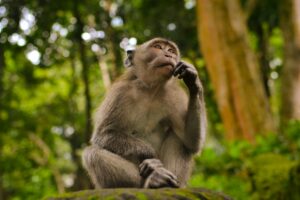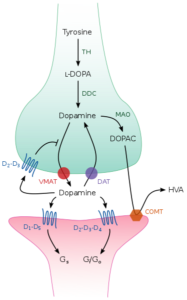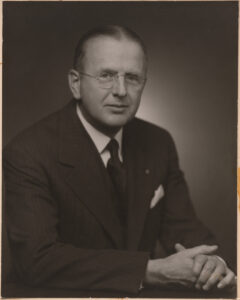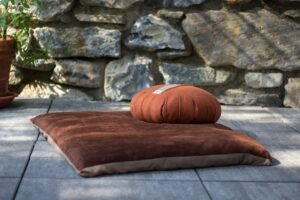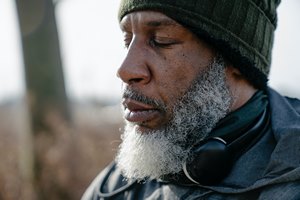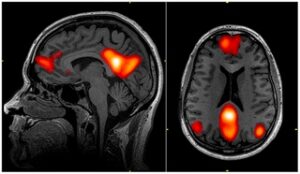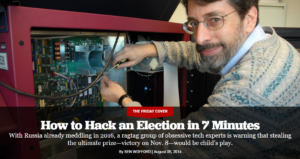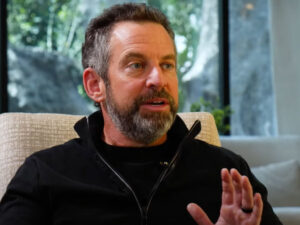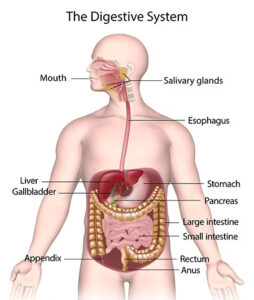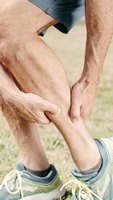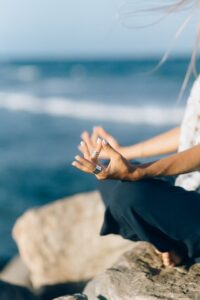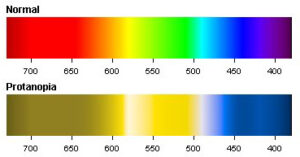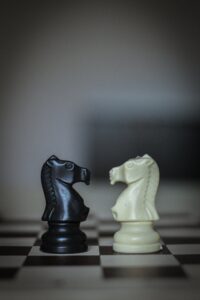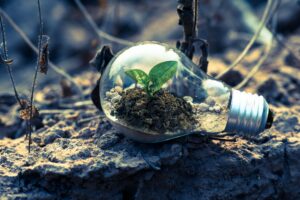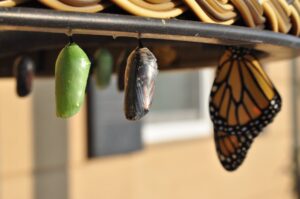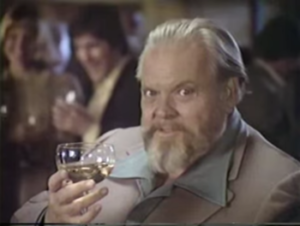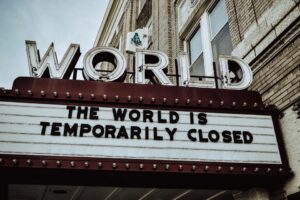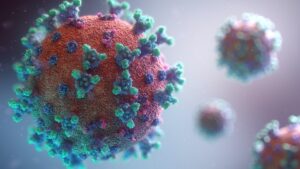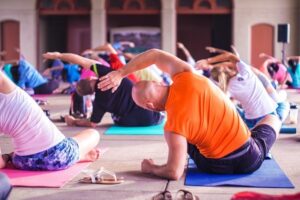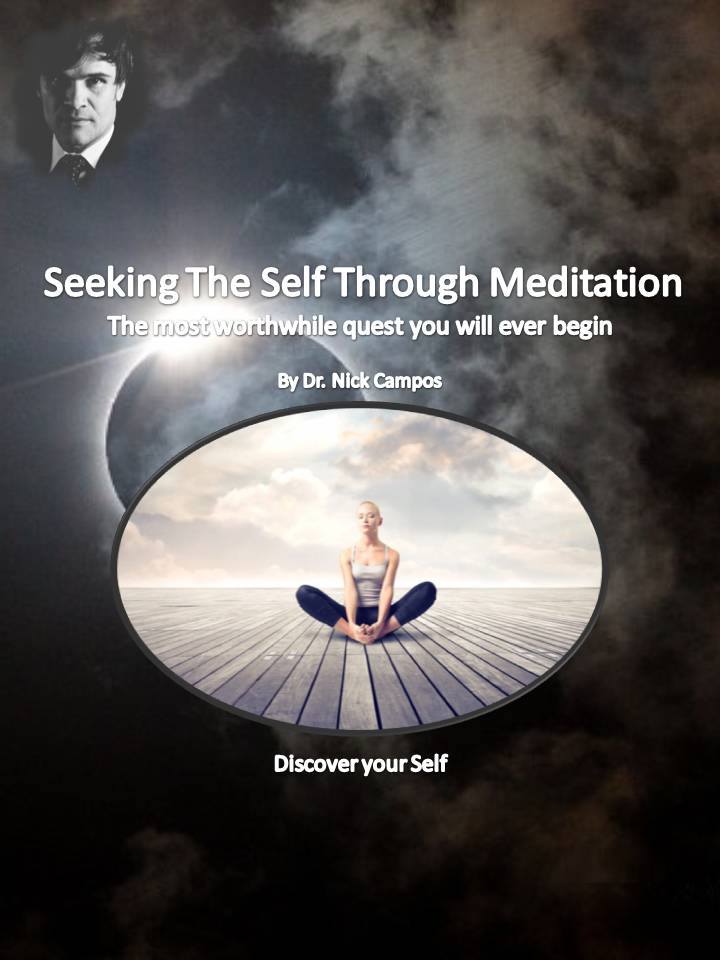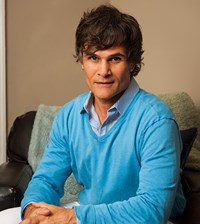 In the journey of personal growth and self-discovery, the fear of failure often looms in the distance. This fear can paralyze us from taking risks, pursuing our dreams, and reaching our full potential. However, what if I told you that failure is not the end but a stepping stone on the path to success? What if I told you that embracing failure is the key to unlocking your true potential and achieving your goals? This article will explore the transformative power of failure, showing you how embracing it can lead to tremendous success and fulfillment, and ultimately, a more resilient and confident you.
In the journey of personal growth and self-discovery, the fear of failure often looms in the distance. This fear can paralyze us from taking risks, pursuing our dreams, and reaching our full potential. However, what if I told you that failure is not the end but a stepping stone on the path to success? What if I told you that embracing failure is the key to unlocking your true potential and achieving your goals? This article will explore the transformative power of failure, showing you how embracing it can lead to tremendous success and fulfillment, and ultimately, a more resilient and confident you.
The Fear of Failure
Before we delve into the solution, let’s first understand the problem: the fear of failure. This fear is deeply ingrained in our psyche, often stemming from childhood experiences, societal expectations, and our own insecurities. We fear failure because we equate it with defeat, embarrassment, and judgment. We worry about what others will think of us if we fall short of expectations and doubt our abilities to bounce back from setbacks.
The Cost of Avoiding Failure
However, many fail to realize that the true cost of avoiding failure is far greater than the temporary discomfort of facing it head-on. When we let the fear of failure dictate our actions, we limit our potential for growth and self-discovery. We miss out on valuable opportunities to learn, evolve, and ultimately succeed. Instead of taking risks and pursuing our dreams, we play it safe, settling for mediocrity and wondering what could have been. The choice is yours: temporary discomfort or a lifetime of regret?
Embracing Failure as a Stepping Stone to Success
 So, what is the solution to overcoming the fear of failure? Embrace failure as a natural and necessary part of the learning process. Instead of fearing failure, know that each setback brings you one step closer to success. Remember, failure is not the end, but a stepping stone on your path to fulfillment.
So, what is the solution to overcoming the fear of failure? Embrace failure as a natural and necessary part of the learning process. Instead of fearing failure, know that each setback brings you one step closer to success. Remember, failure is not the end, but a stepping stone on your path to fulfillment.
- Reframing Failure: The Power of Perspective
- By reframing failure as an opportunity for growth and learning, we can shift our mindset from one of fear and avoidance to one of curiosity and resilience. This shift opens a world of possibilities. When we view failure not as a reflection of our worth or abilities but as a chance to refine and improve, we empower ourselves to take risks and confidently pursue our goals.
- Extracting Wisdom from Setbacks: Learning from Failure
- Every failure, no matter how small, contains valuable lessons and insights that can guide us on our journey.
- By reflecting on past failures and identifying patterns and behaviors to avoid in the future, we can extract wisdom from setbacks and use it to inform our actions moving forward.
- Using Failure as Fuel for Success: Taking Inspired Action
- Instead of letting failure paralyze us with fear, we can use it as fuel to propel us forward in our pursuit of success.
- By leveraging failure to clarify our goals and priorities, we can take inspired action toward our aspirations, knowing that each setback brings us closer to our desired outcome.
The Joy of Growth and Achievement
 Ultimately, embracing failure is not about avoiding mistakes or never experiencing setbacks. It’s about recognizing that failure is not the end of the road but rather a detour on the journey to success. It’s about having the courage to take risks, the resilience to bounce back from failure, and the determination to keep moving forward, no matter what obstacles may arise. This message is a reminder that success is not about avoiding failure, but about how we respond to it.
Ultimately, embracing failure is not about avoiding mistakes or never experiencing setbacks. It’s about recognizing that failure is not the end of the road but rather a detour on the journey to success. It’s about having the courage to take risks, the resilience to bounce back from failure, and the determination to keep moving forward, no matter what obstacles may arise. This message is a reminder that success is not about avoiding failure, but about how we respond to it.
Failure can be an opportunity to learn and improve. It’s important to reflect on the experience and identify what went wrong. By doing so, we can turn failure into a valuable learning experience that can help us grow and develop our skills. Even in the face of significant setbacks, it’s possible to use the lessons learned to achieve success.
Conclusion:
So, I encourage you to embrace failure as a natural and necessary part of your growth journey. Instead of letting the fear of failure hold you back, let it propel you forward. Embrace each setback as an opportunity for growth and learning, and trust that with perseverance and determination, success will be within reach.
By reframing failure, extracting wisdom from setbacks, and using failure as fuel for success, you can overcome your fear of failure and unlock your true potential. So, go ahead, take that leap of faith, pursue your dreams, and remember that failure is not the end but only the beginning of your journey to success.
**Ready to embrace failure as a stepping stone to your success? Visit nickcampos.com for more articles, resources, and courses on personal growth and development. Visit drnickcampos.com for articles, resources, and courses on chiropractic, health, wellness, and pain relief. Join the conversation on Twitter (@DrNickCampos) and share your experiences with failure using the hashtag #EmbraceFailure. Remember, every setback is an opportunity for growth and transformation.
 This Saturday, I awoke to my teenage daughter stumbling through the hallway. I could hear her from my bed and knowing the sound of her footsteps, I called out, “You okay, honey?” She was dizzy she said, and her eyes were blurry. I jumped out of bed, ran to her, and helped her into the kitchen where I sat her down. We took her temperature – she was burning up. I could feel her back was sweaty and her cheeks were rosy red; I asked about her symptoms. She said she was hot and had a cough, and that was it. The momentary dizziness was just that, momentary; and her eyes were clearing. It was evident that she was fighting an infection.
This Saturday, I awoke to my teenage daughter stumbling through the hallway. I could hear her from my bed and knowing the sound of her footsteps, I called out, “You okay, honey?” She was dizzy she said, and her eyes were blurry. I jumped out of bed, ran to her, and helped her into the kitchen where I sat her down. We took her temperature – she was burning up. I could feel her back was sweaty and her cheeks were rosy red; I asked about her symptoms. She said she was hot and had a cough, and that was it. The momentary dizziness was just that, momentary; and her eyes were clearing. It was evident that she was fighting an infection.







